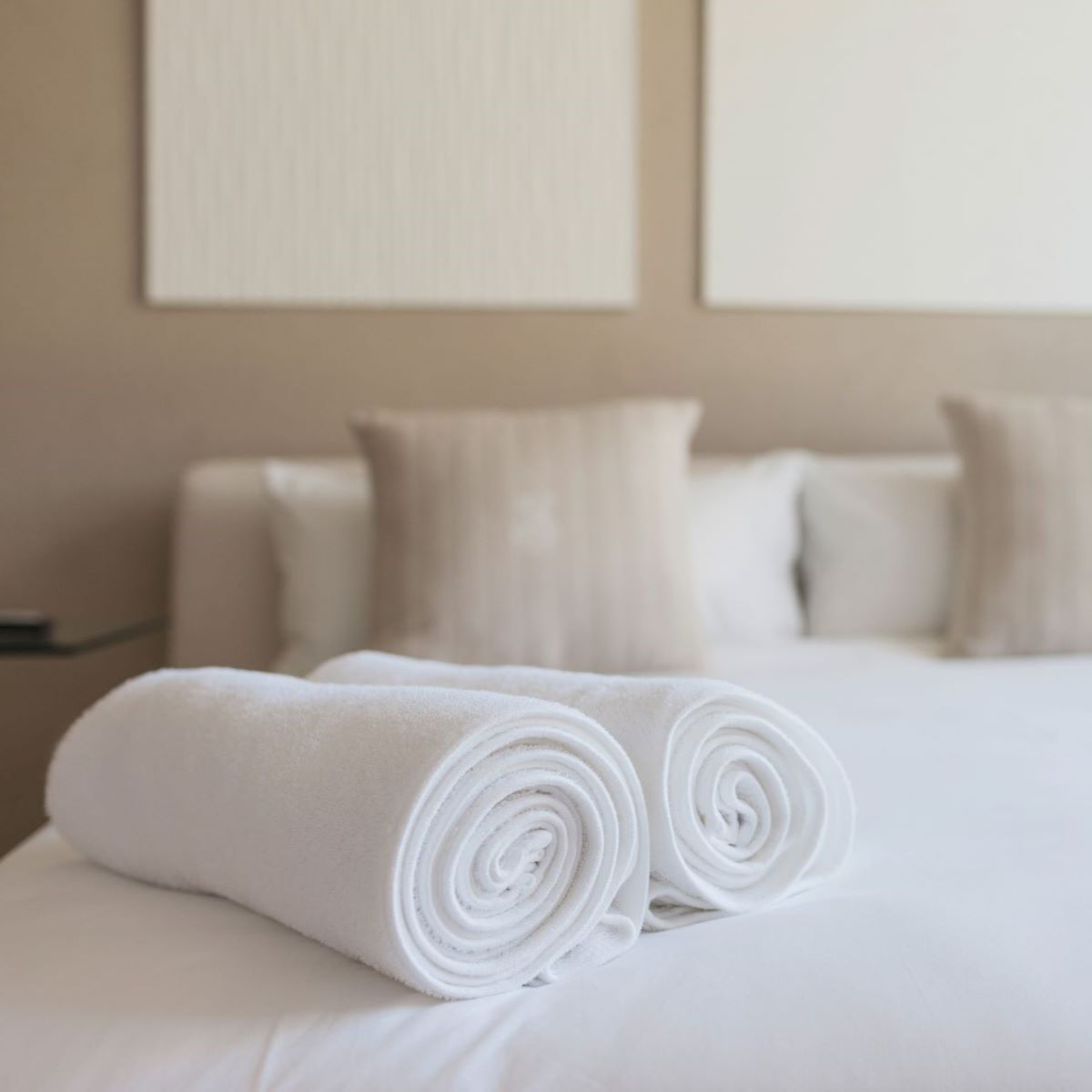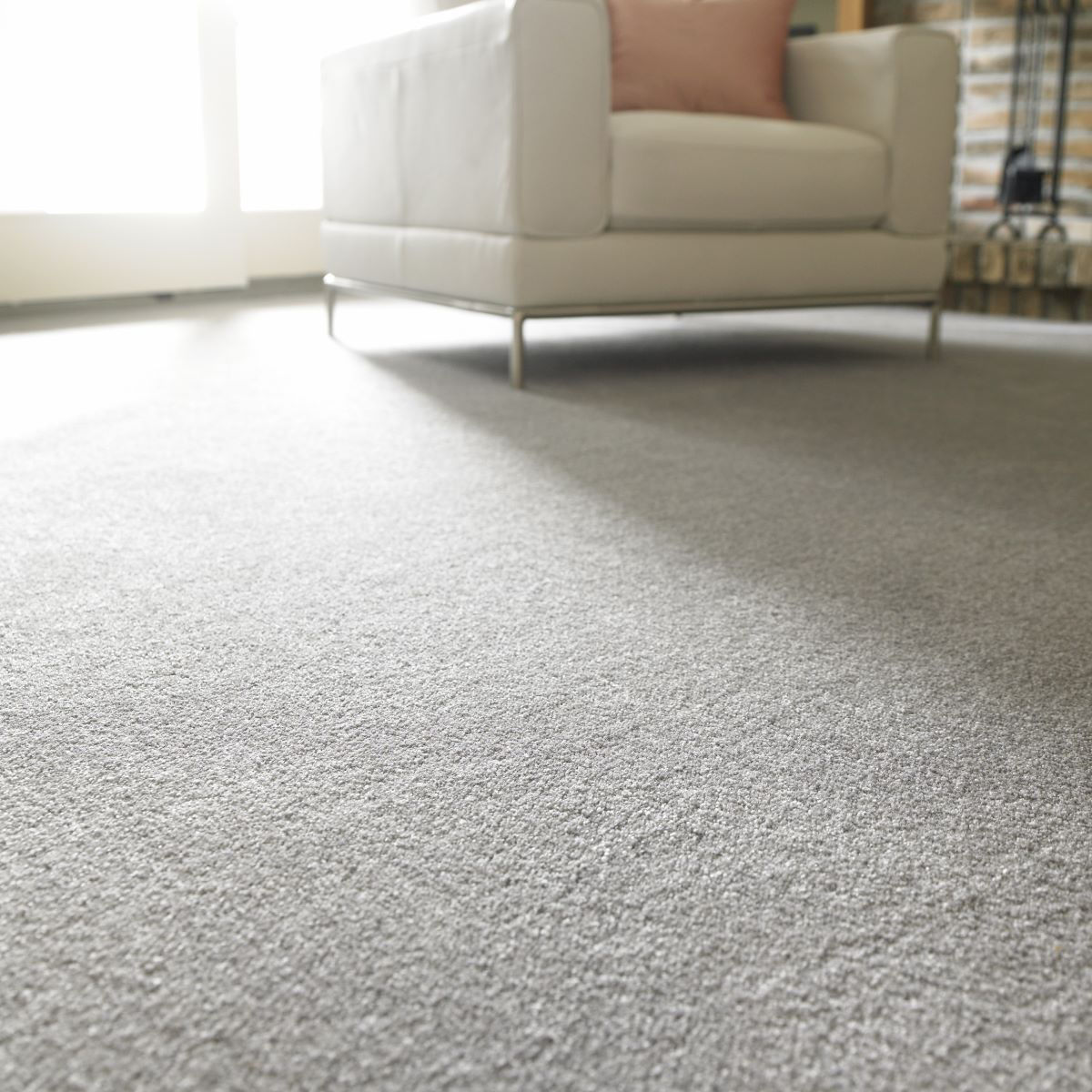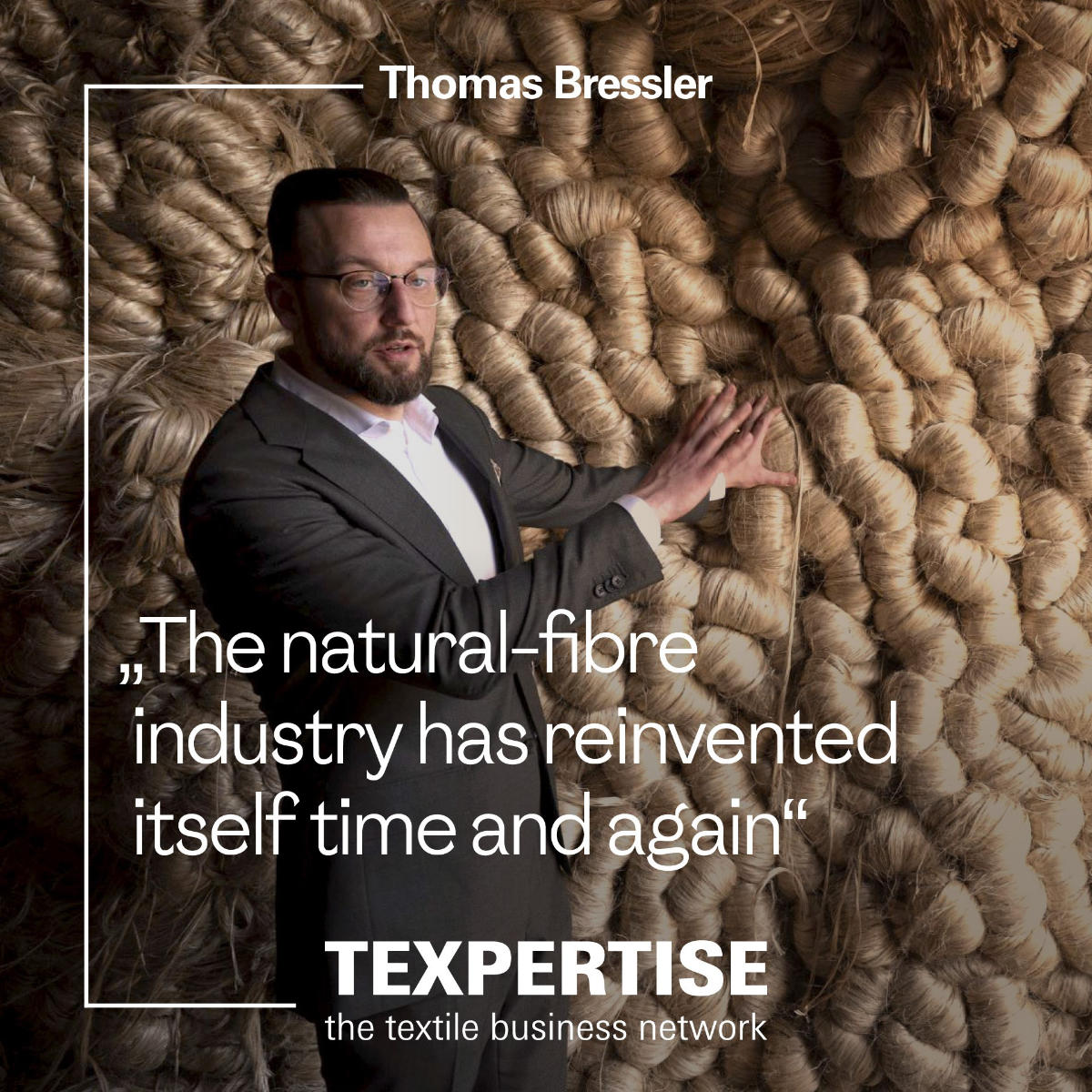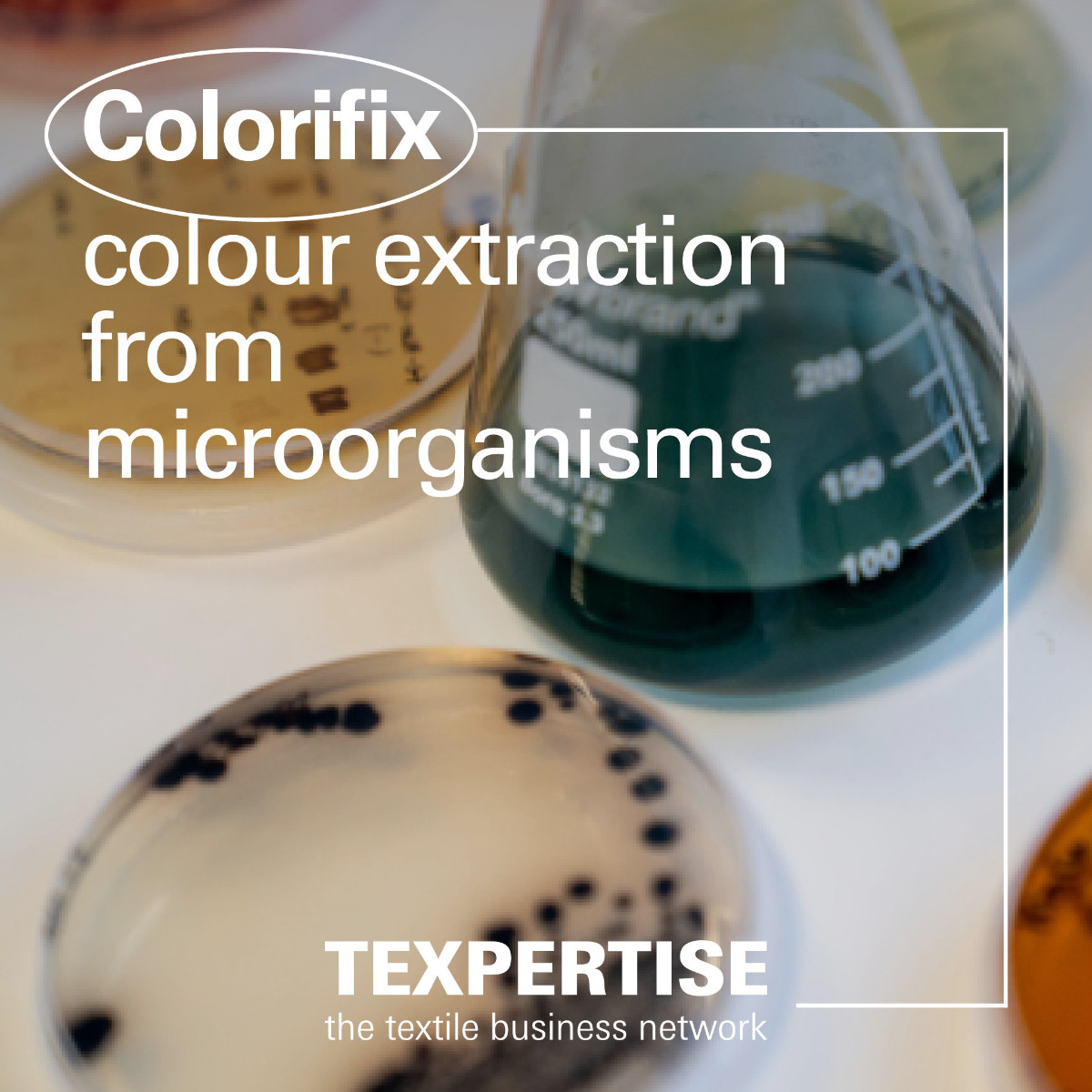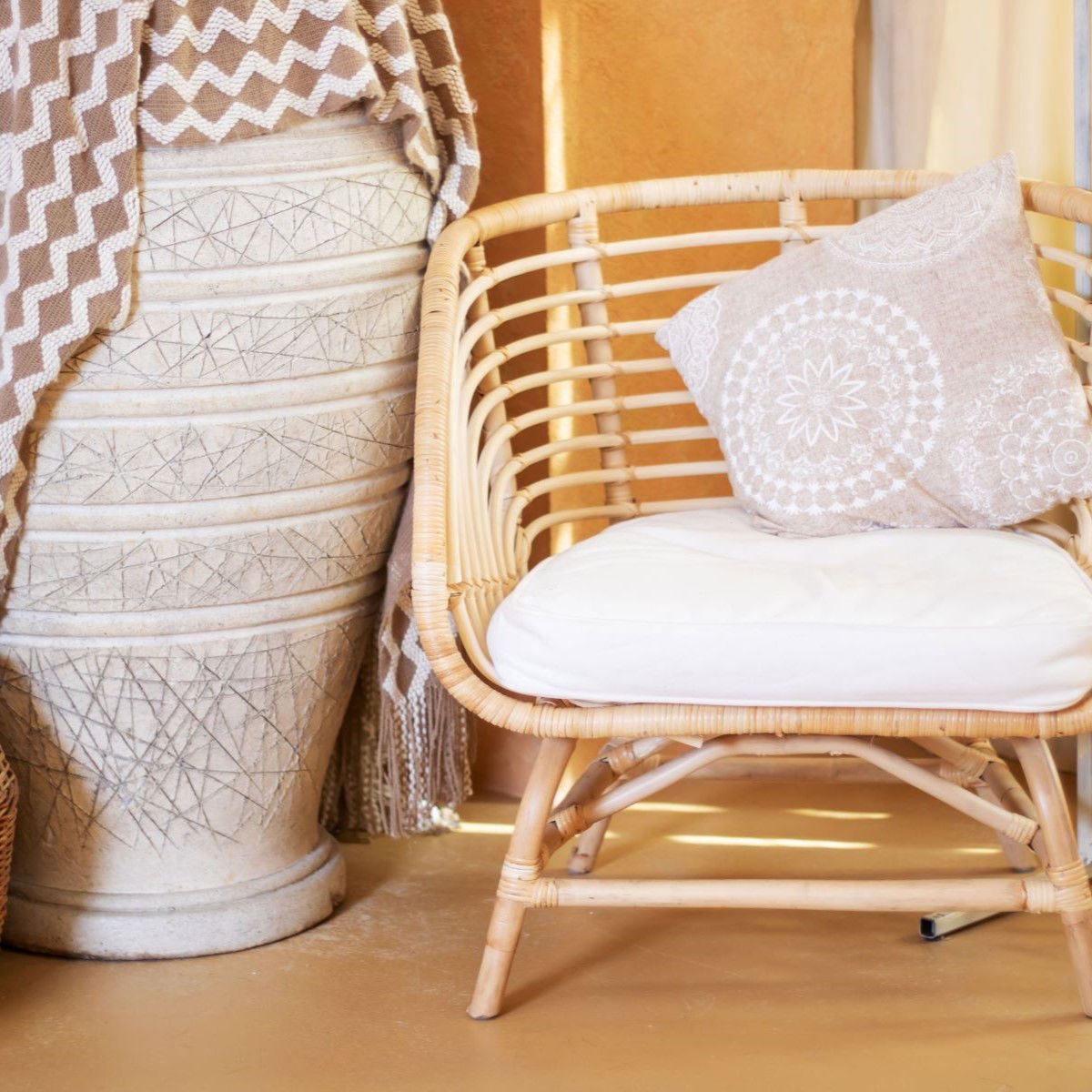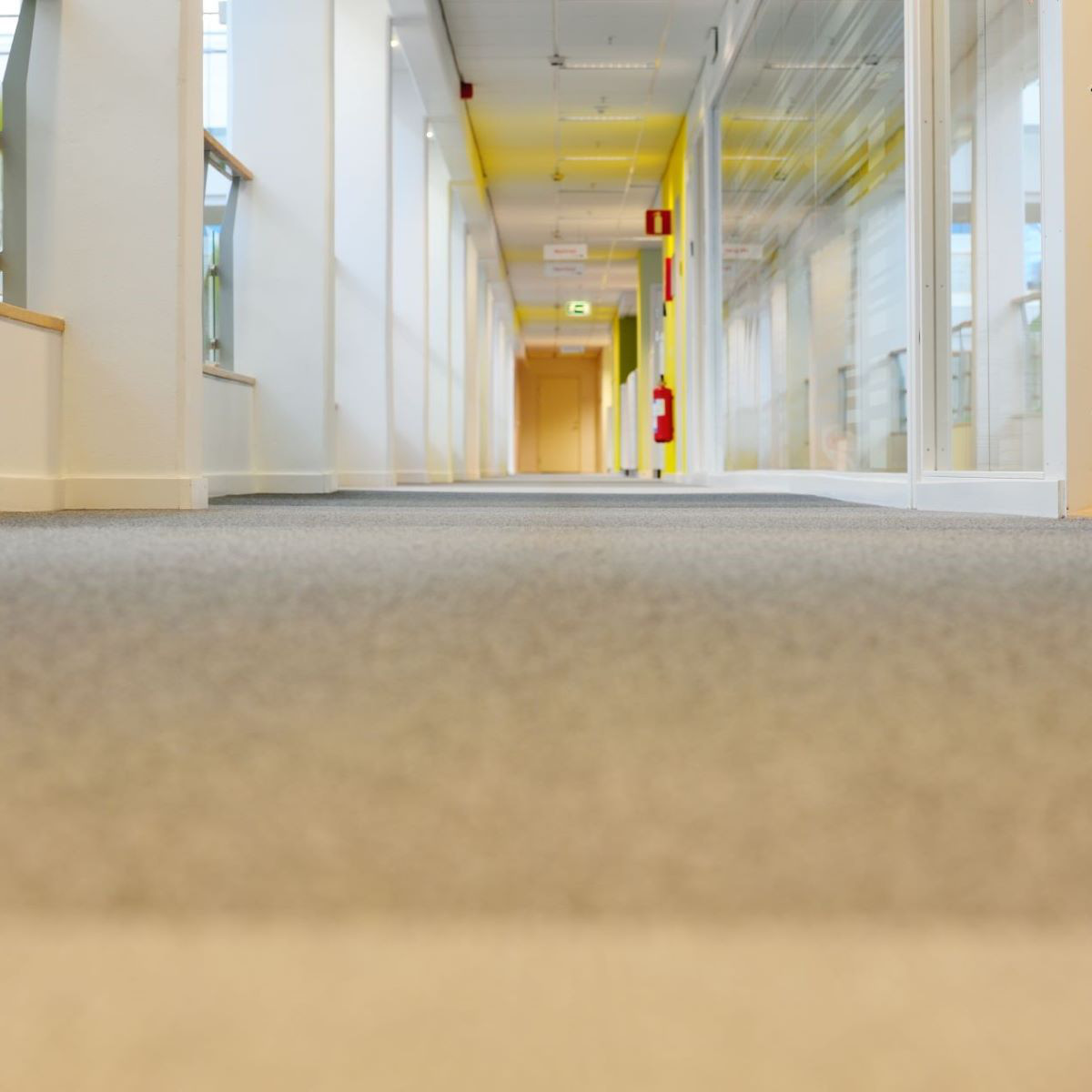Reading time: 3 minutes
Digitalisation is transforming the textile industry. Technical components can now be integrated at the fibre level, for example, in the form of electronic circuits. Years of research have made it possible to incorporate these textile technologies seamlessly into fabrics, ensuring they remain virtually invisible in use.
The fusion of traditional interior textiles with innovative technology opens up new possibilities: sensors and actuators can monitor indoor climate conditions, provide alerts, or even generate energy. But how exactly can smart textiles improve living environments, and how can they be seamlessly integrated into modern interiors?
Diverse Applications of Smart Textiles in Interior Spaces
Innovative technologies enable the integration of conductive yarns, circuit boards, microchips, and touch-sensitive controls into interior textiles. Conductive yarns, for example, can be flexibly embedded or embroidered to facilitate electrical signal transmission.
These advanced materials equip textiles with new functions that enhance both comfort and sustainability. One example is the use of piezoelectric fibres (PVDF) to store friction energy. A carpet incorporating such fibres could harness this energy to charge mobile devices, reducing reliance on fossil fuel-based electricity.
Potential functions of intelligent interior textiles include:
- Dissipating electrostatic charge
- Measuring temperature and humidity
- Providing alerts for excessive moisture
- Heating and cooling functions
- Dynamic thermal regulation
In short, smart textiles could help optimise indoor climates while also contributing to green energy generation.
Expanded Applications for Interactive Textiles
The potential of smart textiles extends beyond residential interiors. In healthcare and care facilities, they could support medical staff by detecting moisture, monitoring room temperatures, or even identifying bacterial contamination.
For instance, textiles embedded with biochemical substances could react to bacterial exposure by emitting fluorescent signals1. Similarly, interactive textiles could be used in medical settings to track and transmit vital signs to healthcare professionals.
Challenges in Implementing Smart Interior Textiles
Despite their promising applications, manufacturers and research institutes—such as the German Institutes of Textile and Fibre Research Denkendorf2 —still face significant challenges:
- Ensuring high mechanical durability for smart textiles
- Guaranteeing washability, especially for use in private homes and healthcare settings
Conclusion: Smart Textiles as a Key Part of the Future
The integration of textiles with modern technology opens up new possibilities. Not only can they enhance living comfort, but they could also contribute to energy efficiency. Smart textiles are likely to play a crucial role in safety and health applications as well: for instance, smart blankets could detect bacterial contamination or provide overheating alerts—particularly useful for infant care.
FAQ: Frequently Asked Questions
What are Smart Textiles?
Smart textiles, also known as e-textiles, combine traditional fabrics with embedded electronic functions. Equipped with sensors and circuits that are virtually invisible, they aim to improve everyday life—similar to wearable technology. While smart textiles are already used in sports to track biometric data, they are also gaining importance in healthcare, for example, in detecting moisture levels.
How can smart textiles improve living environments?
In the future, smart textiles could optimise indoor climates by measuring temperature or humidity and transmitting data to users. Adaptive curtains that automatically adjust to sunlight conditions are another possibility. Research is also focused on textiles that store energy—for instance, carpets that convert friction energy into power for charging electronic devices.
Can smart textiles be easily integrated into existing spaces?
Yes, smart home textiles can be retrofitted with ease. In many cases, a simple app is sufficient to control textile-based sensors. Looking ahead, textile technologies could also play a role in architecture—for instance, photovoltaic fibre fabrics could serve as a sustainable alternative to traditional solar panels.

